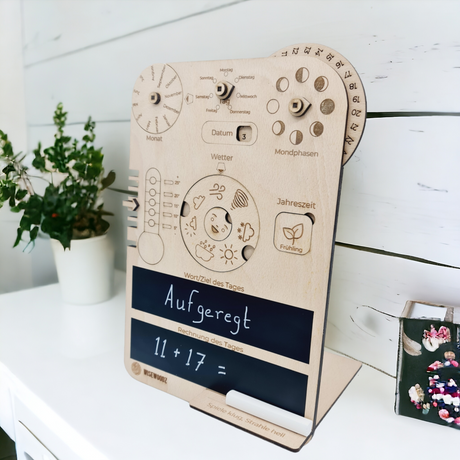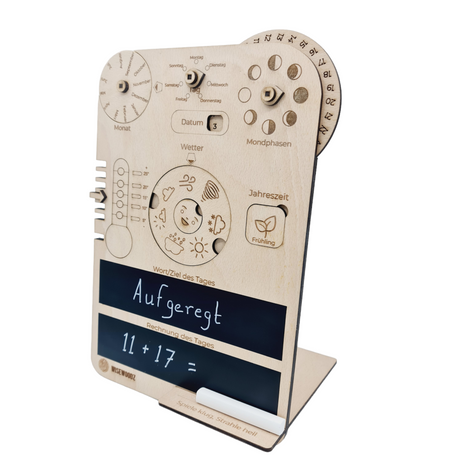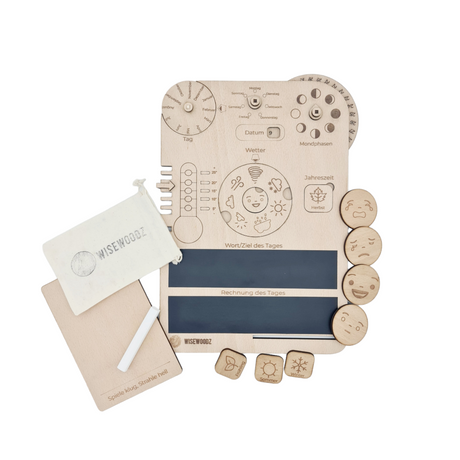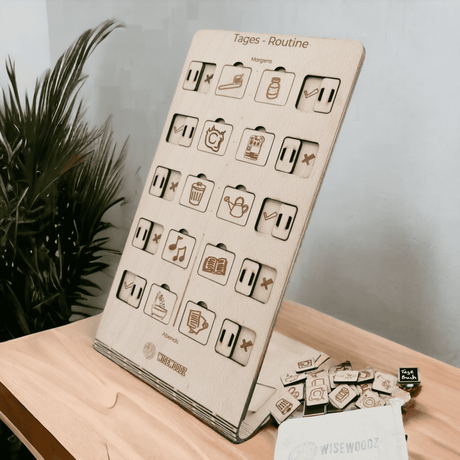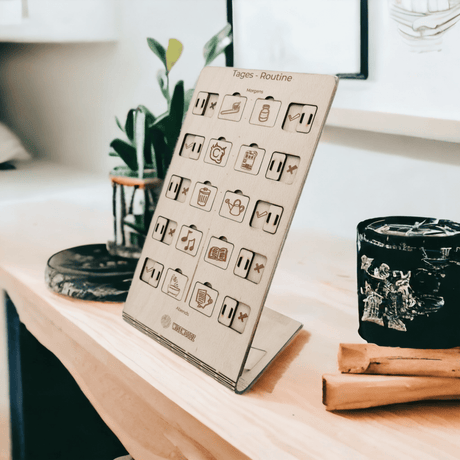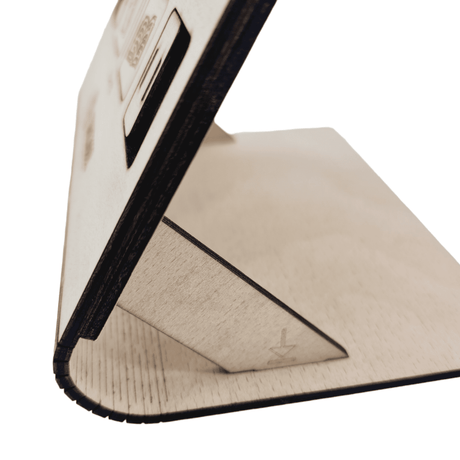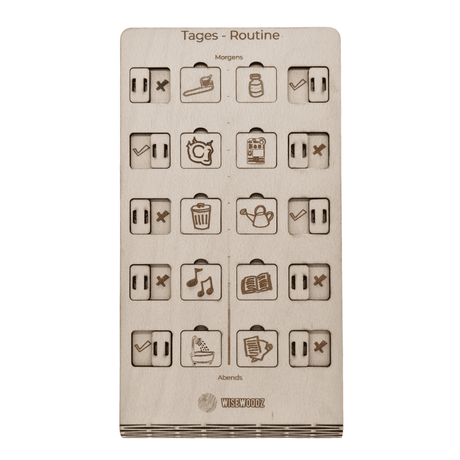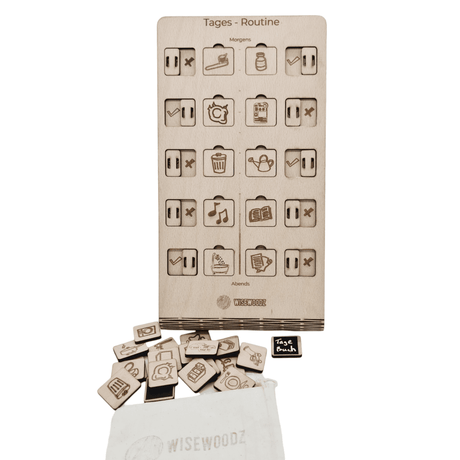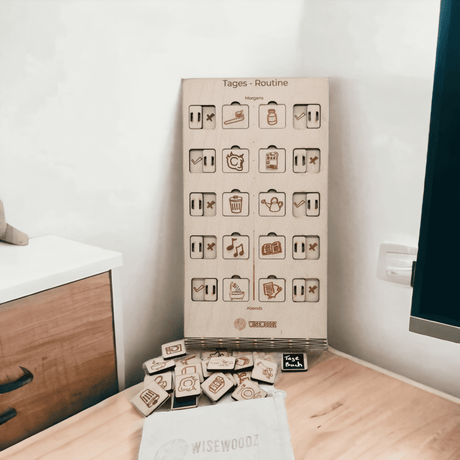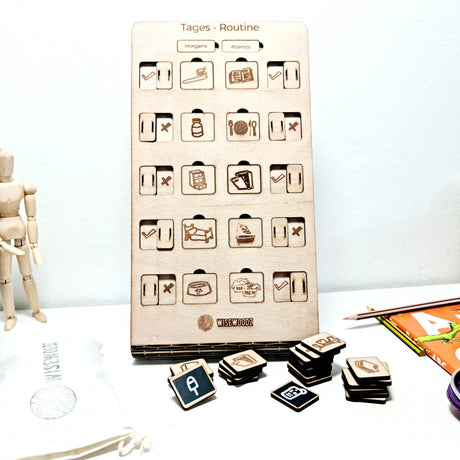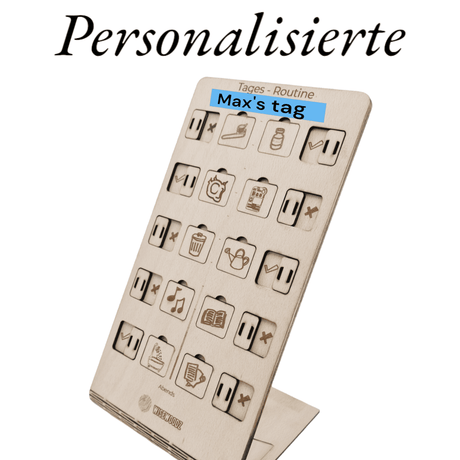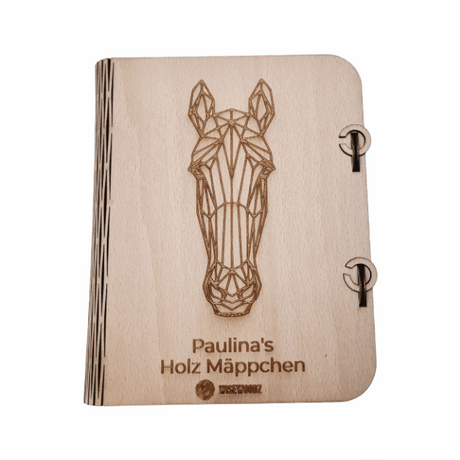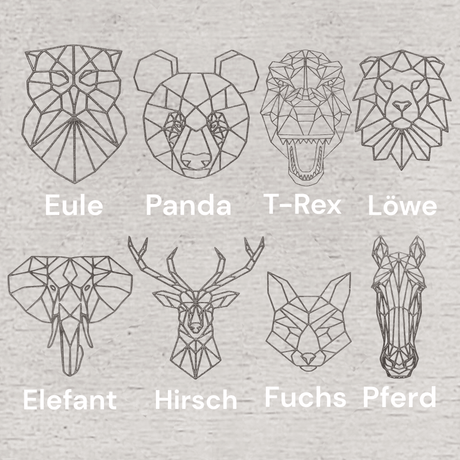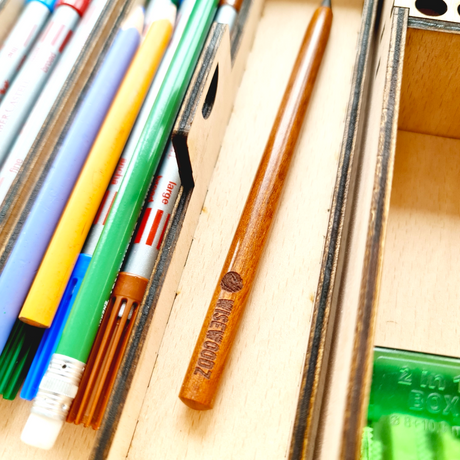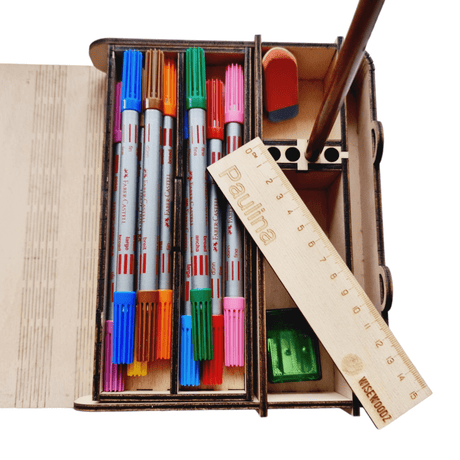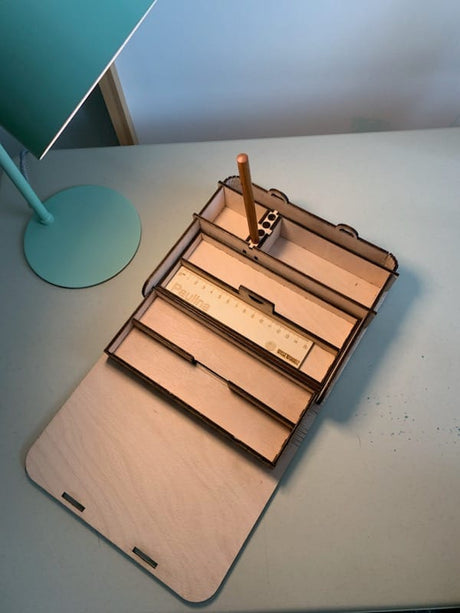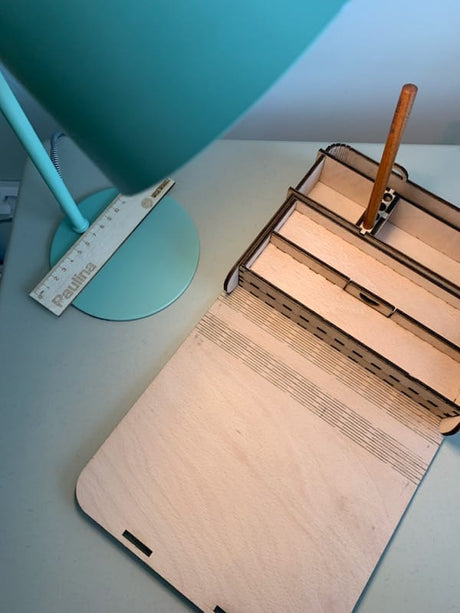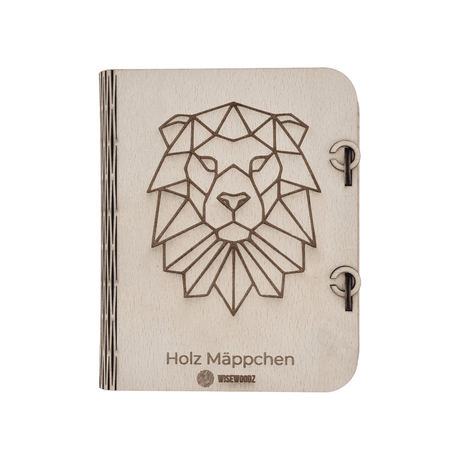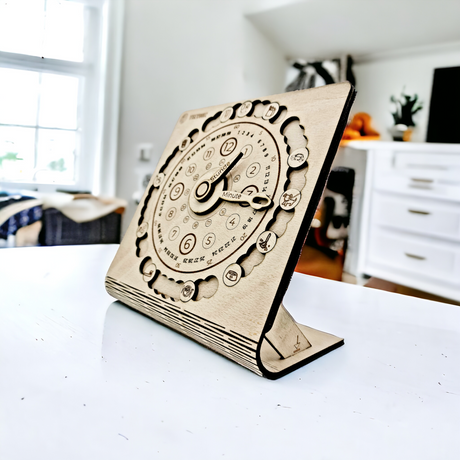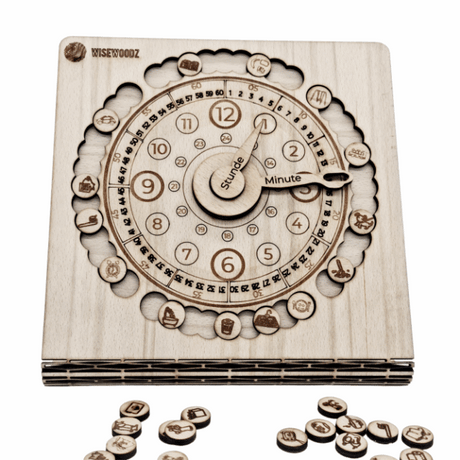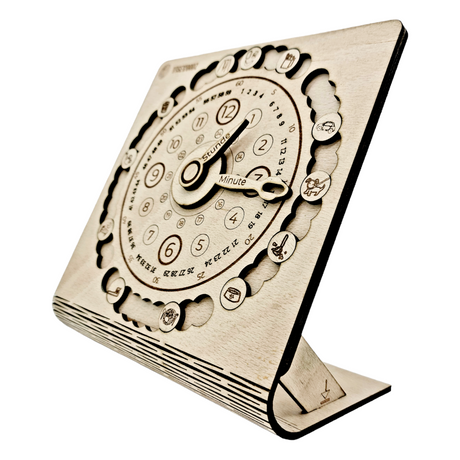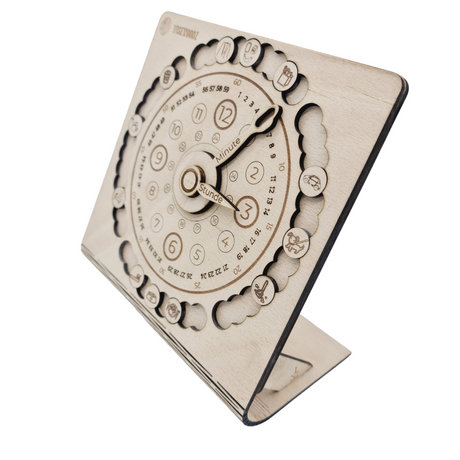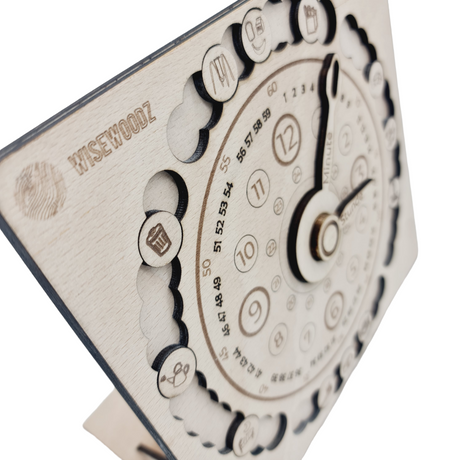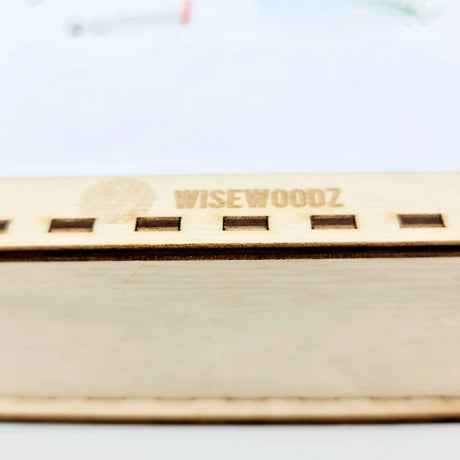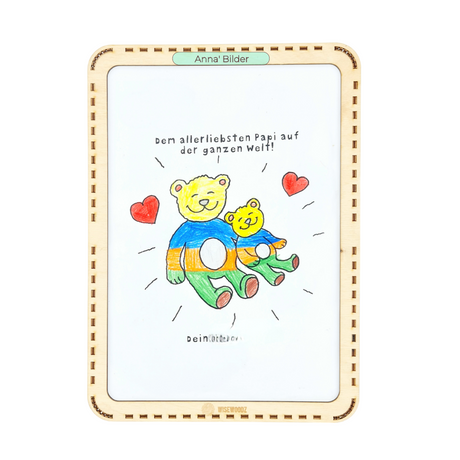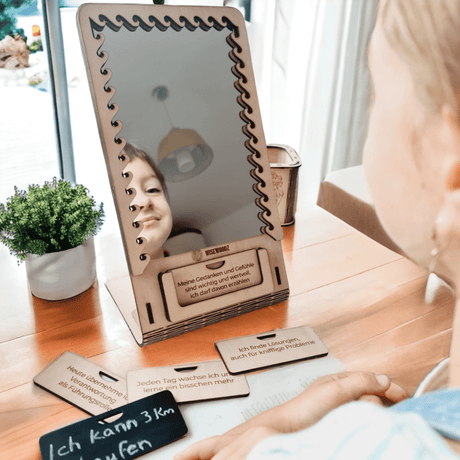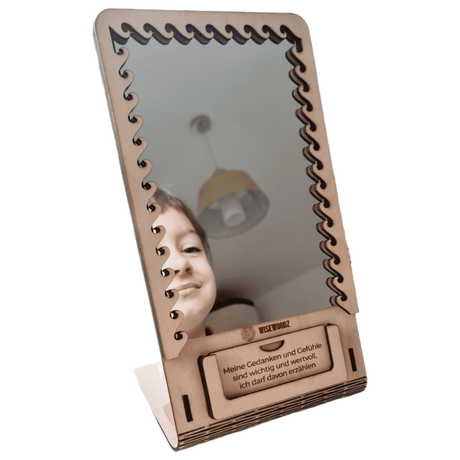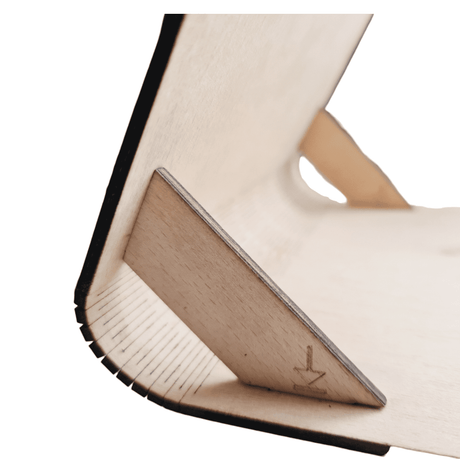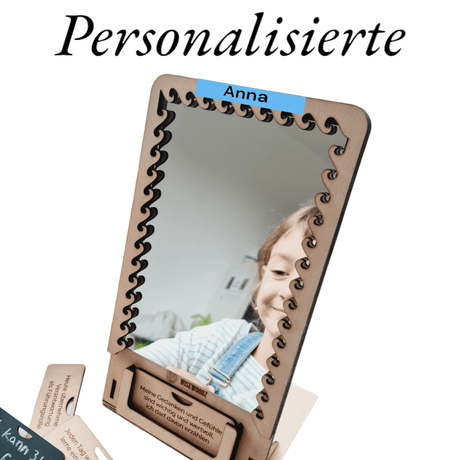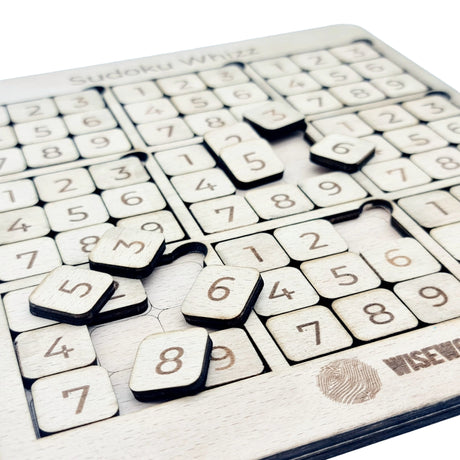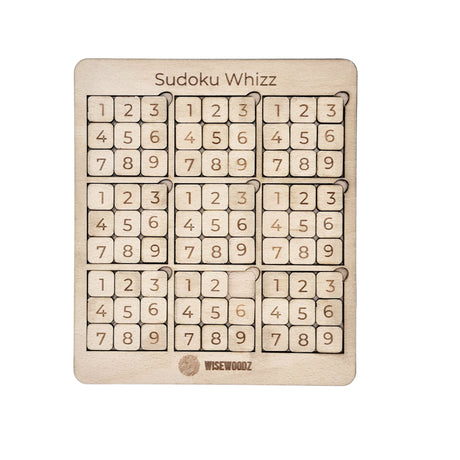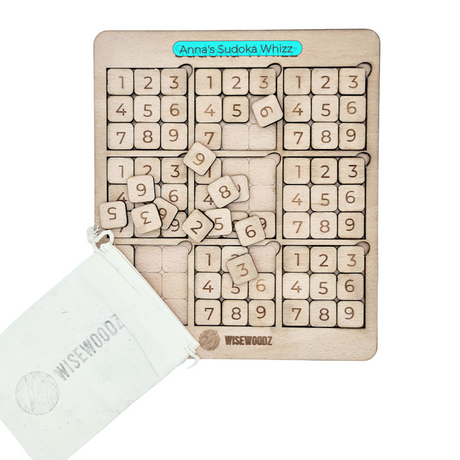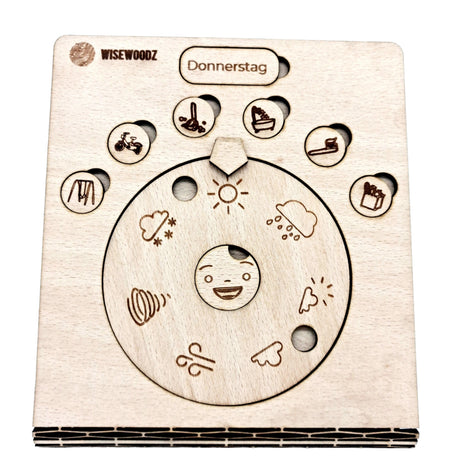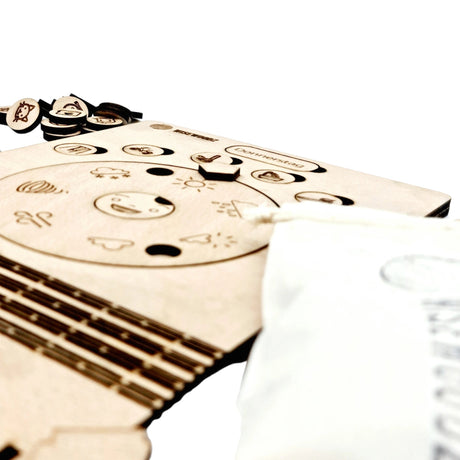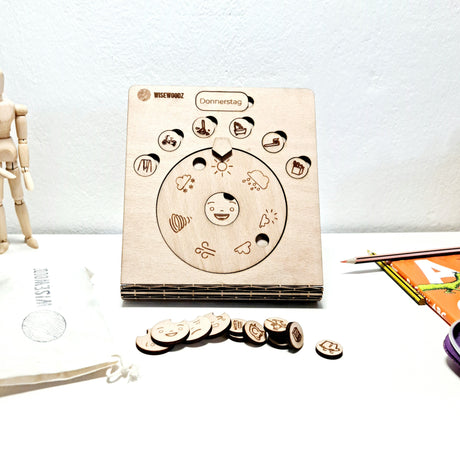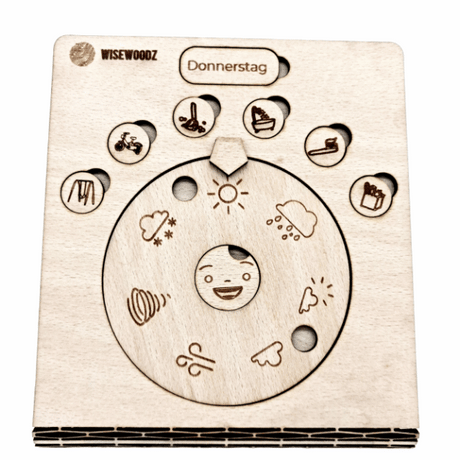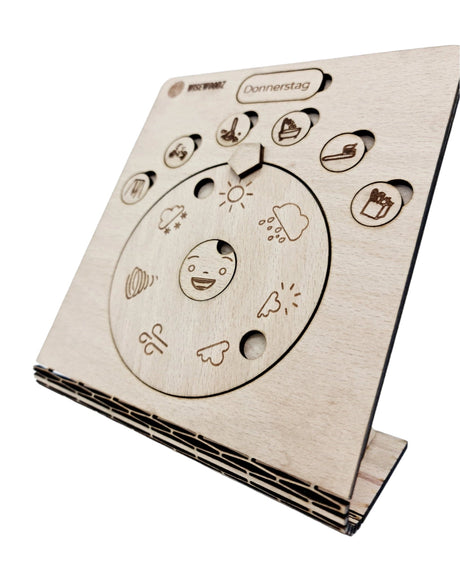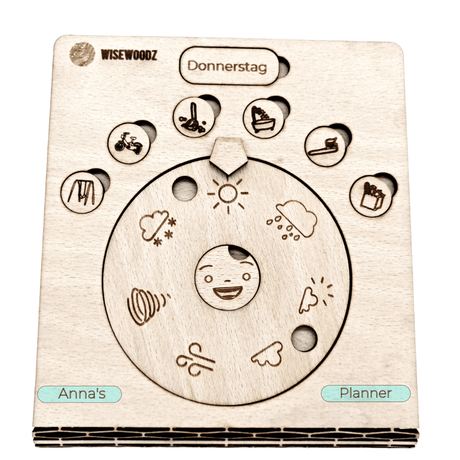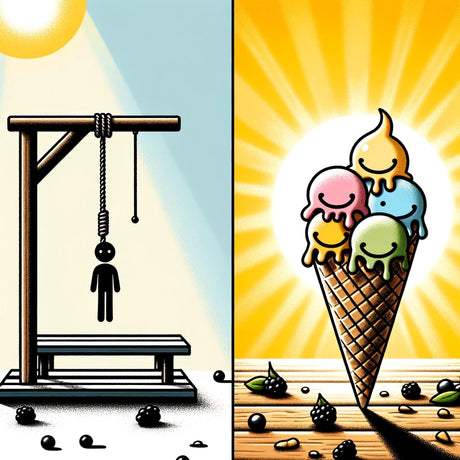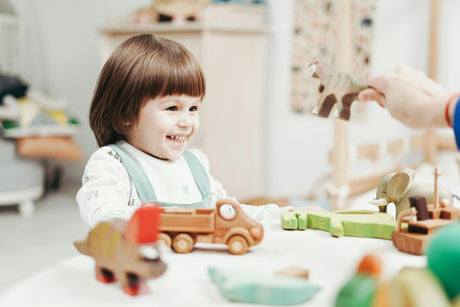The Playbook for Play: Introducing Your Kid to Their Next Favourite Educational Toy
Hello, playful and smart parents! Let the confetti fly 🎉! You've just got a brand new educational toy for your little one. It's not just any toy, it's a fun-filled friend that's going to light up their imagination, get their brain cells dancing, and gently guide them towards healthy habits. But the question is, how do you introduce this shiny new play-thing to your child? Let's jump right into the play pit and find out!
Drumroll, Please: Make a Big Splash
When you introduce the new toy, do it in style! Following Dr. Robert Epstein's wise words1, unveil your new toy like it's the star of a magic show. Wrap it in colorful paper, tell a little mystery story about it, let your kid's excitement grow, then TA-DA! Let the newest member of the toy family take a bow!
Play-date with a Purpose: Time to Explore
Now, it's time for the real fun. Let your kid get their hands on the new toy. Play with them, but let them lead the game. As Dr. Jenny Radesky says, when kids and parents play together, it helps the kids' brains grow2. So, put on your fun hat and get ready for an adventure. Just remember, your little one is the captain of this ship!
The Road to Good Habits: One Step at a Time
Building healthy habits with a new toy is like making a sculpture. It takes time and patience. Dr. BJ Fogg's "Tiny Habits" method3 is a good guide here. If the toy is about brushing teeth, for example, turn brushing time into a fun game with the toy as the main character! Finish off with a little victory dance to make it even more enjoyable.
Every Child is Unique: Find Their Style
Every child is special and different. Here are some ideas on how to introduce the toy to different kinds of kids:
- For the bold explorer: Set up a treasure hunt with the toy as the hidden treasure. Let them discover it and celebrate their find!
- For the quiet thinker: Make up a story where the toy needs their help. This will engage their problem-solving skills.
- For the hands-on learner: Create a challenge where they need to use the toy to win. This will get them excited and engaged.
- For the little artist: Can the toy be a part of their next art project? This could be a fun way to introduce it!
Embrace the Journey: Patience and Persistence
Every child is different, and so is their way of playing with toys. Be patient and keep trying. According to Zero to Three, kids learn best when they repeat activities4. So, if your child doesn't fall in love with the toy right away, don't worry. Keep encouraging them to play, and they might just become the best of friends with the toy.
Introducing a new educational toy to your child can be a fun and exciting adventure. With a bit of fanfare, some shared exploration, and patient encouragement, this toy can become a beloved friend on their journey of learning. Let's get playing!
References:
Footnotes
-
Epstein, R. (2000). The Big Book of Creativity Games. New York: McGraw-Hill. ↩
-
Radesky, J. et al. (2015). Mobile and Interactive Media Use by Young Children: The Good, the Bad, and the Unknown. Pediatrics, 135(1), 1-3. ↩
-
Fogg, B.J. (2019). Tiny Habits: The Small Changes That Change Everything. New York: Houghton Mifflin Harcourt. ↩
-
Zero to Three. (2016). Repeating Actions: How Toddlers Learn. Retrieved from https://www.zerotothree.org/resources/1213-repeating-actions-how-toddlers-learn ↩


